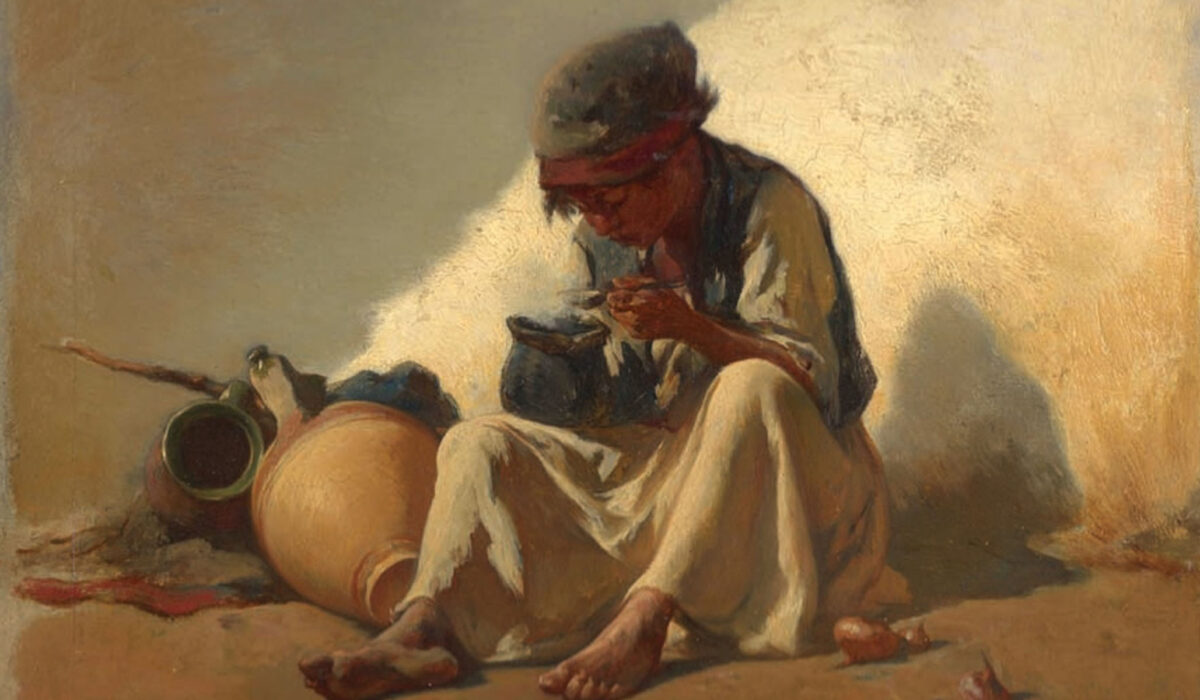The Historian, the Editor, and the Patient Man
They arrived in a short line: a highly regarded historian, a literary editor, and a man of saintly patience. Each carried a different set of tools — books, red pens, and an unhurried calm — and together they created a strange, efficient balance. The brief scene felt like a small, private conclave where stories got shaped into something steadier.
The historian moved through time as if it were a well-organized archive, pulling precise facts and context from shelves of memory. He spoke in dates and patterns, not to show off but to anchor arguments so the rest could stand on firmer ground. People trusted him because his work did not glimmer with vanity; it glimmered with accuracy.
The literary editor lived inside sentences and margins, listening to rhythm and tone as if they were music. She could tighten a paragraph without killing its soul, and she treated each manuscript like a patient animal that needed gentleness and occasional firm correction. Her red pen was both tool and tempering iron, applied only where it helped the story breathe clearer.
The man of saintly patience watched the two of them interact and kept the room steady when conversations sped toward argument. He had a talent for waiting until the right word appeared, then letting it out with calm authority. In his steadiness, disputes cooled and choices became less urgent and more considered.
When the historian and the editor debated a passage, the historian reached for context and the editor for cadence, and the patient man made both take a breath. He would repeat a line slowly, letting its weight settle, and then ask a small question that nudged the discussion toward clarity. Those tiny moves often produced more change than loud proclamations.
Readers often assume these three roles clash, but they can also be complementary in surprising ways. The historian’s demand for accuracy keeps the editor honest about what can be asserted, while the editor’s ear prevents the historian from turning truth into a dull lecture. The patient man reminds both that speed is not a virtue when meaning is at stake.
The historian dug up overlooked figures and placed them into conversations where they belonged, refusing to let neat narratives erase messy complexity. His work reminded everyone in the room that nuance matters and that a single, elegant headline rarely tells the whole story. That insistence on fullness made their collaborations feel richer.
The editor, for her part, loved clarity and narrative motion, refusing to let scholarship stay locked behind jargon or indigestible paragraphs. She pushed for simplicity without dumbing down, carving away excess until a clean sentence revealed the human truth underneath. The result was work that scholars could respect and readers could enjoy.
The patient man was less concerned with credit and more concerned with the result, the slow craft of refining ideas until they landed. He understood that impatience often disguised itself as urgency and that haste ruins both facts and prose. His temperament turned tumult into a craft the others could work within.
Together they formed a useful counterpoint to modern hurry. Their conversations were small experiments in how rigorous truth, elegant prose, and calm judgment can live in the same room. The outcome was not a single manifesto but a sequence of better sentences and steadier arguments.
This trio teaches a simple lesson: discipline in research, craft in expression, and patience in judgment make for durable work. They do not erase disagreement; they channel it into methods that produce something readable and reliable. In an age of quick takes, their slow, precise work feels quietly radical.

